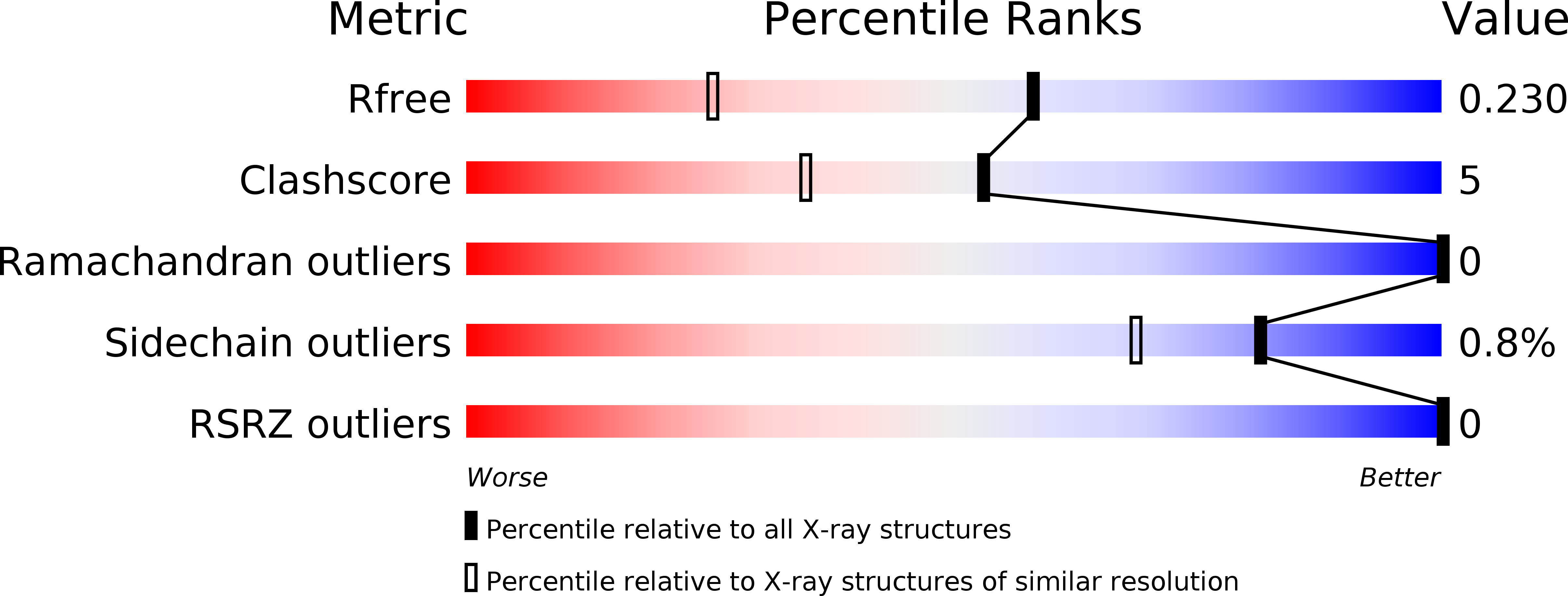
Deposition Date
2009-03-12
Release Date
2009-08-11
Last Version Date
2024-11-06
Entry Detail
PDB ID:
2WCL
Keywords:
Title:
Structure of BMori GOBP2 (General Odorant Binding Protein 2) with (8E, 10Z)-hexadecadien-1-ol
Biological Source:
Source Organism:
BOMBYX MORI (Taxon ID: 7091)
Host Organism:
Method Details:
Experimental Method:
Resolution:
1.61 Å
R-Value Free:
0.23
R-Value Work:
0.17
R-Value Observed:
0.17
Space Group:
P 32 2 1


